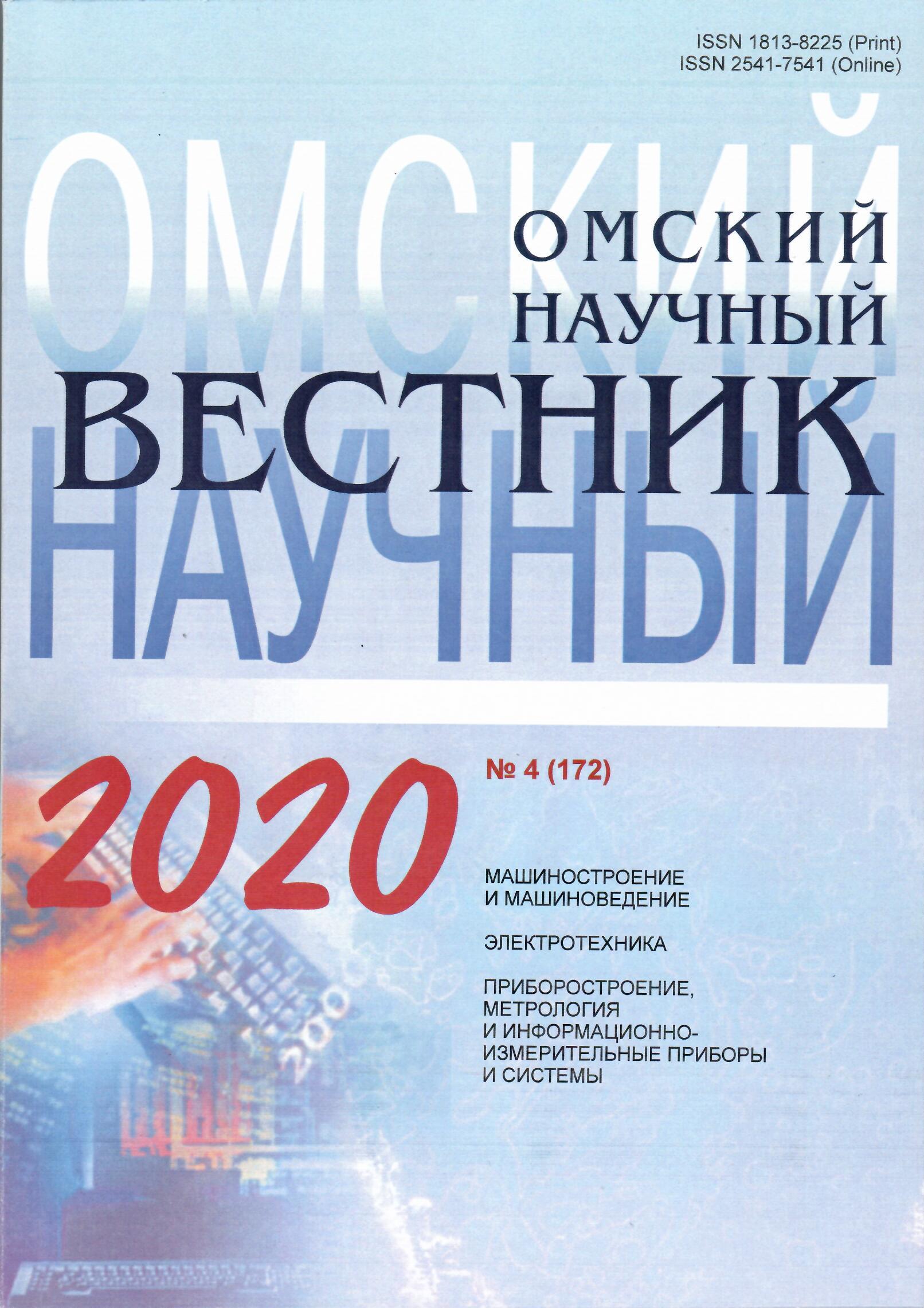Comparative analysis of structure and chemical state of nitrogen-doped multi-walled carbon nanotubes
DOI:
https://doi.org/10.25206/1813-8225-2020-172-94-97Keywords:
multi-walled carbon nanotubes, X-ray photoelectron spectroscopy, nitrogen doping, ion irradiationAbstract
Using the method of X-ray photoelectron spectroscopy (XPS), a comparative analysis of the structure and chemical state of multi-walled carbon nanotubes doped with nitrogen during their synthesis, as well as by high-dose irradiation with nitrogen ions, is carried out. It is shown that the chemical state of nitrogen in the walls of MWCNTs doped with various methods differs
significantly. It was found that the use of ion irradiation allows one to obtain MWСNTs with a higher nitrogen concentration in
the structure of the outer walls. However, there is a significant increase in the degree of imperfection of the crystal structure
of the walls of carbon nanotubes and the formation of oxygencontaining functional groups. The features of the chemical state of nitrogen in the walls of MWCNTs using various alloying methods are established. The results obtained in this work can be used to develop methods for modifying the electronic structure of carbon nanostructured materials.
Downloads
Published
How to Cite
Issue
Section
License
Non-exclusive rights to the article are transferred to the journal in full accordance with the Creative Commons License BY-NC-SA 4.0 «Attribution-NonCommercial-ShareAlike 4.0 Worldwide License (CC BY-NC-SA 4.0»)




